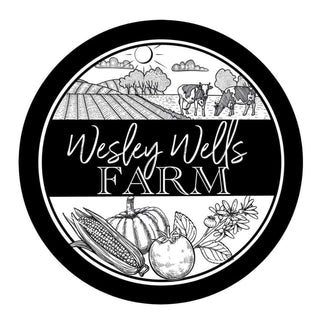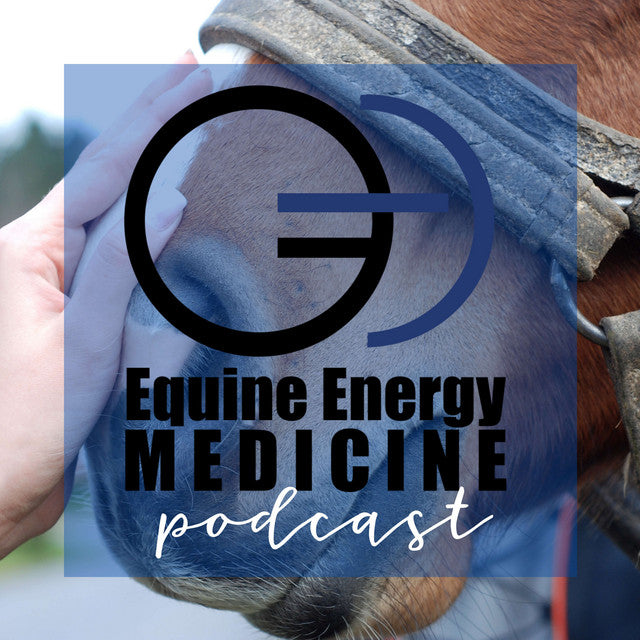Agricultural equipment and technology are constantly being improved and developed to help make the daily workload simpler and easier.
Here are the 10 latest agricultural equipment developments in 2021:

Automated Farming
Farm automation - commonly referred to as “smart farming” - is one of the most innovative developments in modern agriculture.
This method of farming integrates modern technology into daily tasks, automating the overall process and improving farm efficiency.
Technology and equipment that is used in automated or “smart” farming include:
- Irrigation drones
- Automatic irrigation systems
- Infrared technology
- Planting robots (such as DroneSeed)
- Harvest robots (such as Agrobot)
- Automated tractors (also known as smart tractors)
Benefits of smart farming include:
- Increased efficiency
- Increased productivity
- Detailed and precise approach to all aspects of farming
- Drastic reduction in man hours needed

Precision Agriculture
Precision agriculture is helping farmers take a comprehensive and precise approach to their farming methods, eliminating disconnect and taking the guesswork out of farming.
This method of farming allows close monitoring and control of:
- Soil conditions
- Pest control
- Moisture levels
Ultimately, precision agriculture provides increased productivity and soil quality - consequently improving both crop quality and crop yield.
Precision agriculture also typically provides the following benefits:
- Reduced waste (fertilizer, water, seeds, etc)
- Reduced emissions
- Improved efficiency
- Increased yields
- Reduced costs

Agricultural Biotechnology
Agricultural biotechnology is a form of genetic engineering that provides farmers with a solution to environmental challenges, consumer needs, and market demands.
Crops can be designed to resist certain variations of pests or diseases. They can also be designed to tolerate and thrive in certain conditions that would otherwise prove to be troublesome or challenging for the health of the plant.
Other benefits and uses of agricultural biotechnology include:
- Reduce allergens
- Reduce saturated fats
- Increase nutrient content
- Improved soil and plant quality
- Reduce nutrient runoff
- Reduce environmental impact
Biotechnology helps eliminate crop shortages due to environmental or agricultural challenges, helping to ensure that market needs and demands are met.

Agriculture Drones
Perhaps one of the most important developments in modern farming is the use of drones.
Farming drones - also known as UAVs (unmanned aerial vehicles) - allow farmers to survey the entirety of their property without taking a single step in the fields. This significantly increases productivity and helps reduce the costs and time that is traditionally dedicated to scouting the fields.
Drones can also be used to remotely irrigate the crops; farmers can program their aircraft with their ideal parameters and remotely oversee the irrigation of their crops.
Benefits of agricultural drones include:
- Thorough aerial crop monitoring
- Remote crop irrigation
- Increased productivity
- Reduced labor costs and needs

Infrared Technology
Traditionally, the only way to monitor the health and development of crops was to physically walk the fields and take a visual survey.
This method is not only time consuming, but it leaves room for error.
While one section of crops may appear to be doing exceptionally well, it is possible for another section to be suffering from disease, pests, or other environmental challenges.
Infrared technology allows farmers to take an informed and detailed look at the entirety of their crops, providing real-time data about the health of the plants and allowing the farmer to understand exactly what the plants need and when they need it.
In many cases, infrared images can be taken either with a drone or with a specialized camera system.
Benefits of agricultural infrared technology include:
- Reduced water waste
- Develop precise and informed care schedules for crops
- Increased knowledge of crop cycles and behavior
- Maximize crop yields
- Identify pest contamination

Weeding and Harvesting Robots
Weeding and harvesting - while obviously crucial to the agricultural process - are two of the most menial, repetitive, and time-consuming tasks that farmers face.
Thankfully, intelligent robots have been designed to successfully manage these tasks. Obviously, it is next to impossible for farm hands to manually weed thousands of acres of crops while simultaneously and successfully managing the rest of their duties.
In years past, chemicals were used to rid crops of weeds. While this method was successful, it was not environmentally conscious and often garnered negative attention from the public.
The use of automated weeding technology ensures that the job is getting done with no harm to the environment and no time or labor is wasted that could be directed elsewhere.
Harvesting crops is a repetitive and time-consuming task that often requires additional staffing and is quite labor-intensive.
Rather than doubling up on staff during harvest periods or rearranging the workload to account for the amount of manpower that must be dedicated to harvesting, the process can now be completely automated.
Farmers can now program intelligent robots to safely and successfully handle the weeding and harvesting of crops, completely automating the process.
Benefits of investing in weeding or harvesting robots include:
- Reduce labor needs and costs
- Environmentally-conscious weeding solution
- Complete harvesting automatization
- Significant increase in farm profitability

Greenhouse Farming
While greenhouses are certainly not a new tool or concept, their agricultural use has been modified and developed to provide optimal results.
While in the past greenhouses were typically small-scale and used for botanical farming or research purposes, large-scale greenhouse farming now produces nearly $350 billion in vegetables each year.
This growth is mainly thanks to the implementation of modern technology, as well as the ever-growing demand for fresh and local foods - especially in urban areas.
Notable benefits of greenhouse farming include:
- Protection from pests
- Protection from elements
- Grow crops out of season anytime
- Complete control of temperature, ventilation, humidity, and light

Satellite Farming
The use of satellites to predict yields and monitor crops is another prime example of how modern farming is progressing and advancing.
Satellite images allow farmers to examine the soil quality and overall condition of their fields from an aerial viewpoint. This allows them to make an informed decision about the use of fertilizer.
Other benefits of satellite farming include:
- Reduced waste
- Increased productivity
- Increased crop quality and yield

Agriculture Sensors
Agriculture sensors are used to monitor:
- Soil quality
- Soil pH
- Crop health
- Mechanical resistance
- Soil compaction
- Air permeability
Agricultural sensors provide farmers with the ability to closely monitor various different technical aspects of their operation, taking the guesswork out of the care and management of crops.
Using the information collected by the sensors, a detailed, customized, and precise care plan can be developed and implemented.

Fleet Management Tools
For larger-scale operations that make use of a fleet of tools and equipment, a fleet management tool can be absolutely essential.
Basic fleet management tools can provide a GPS location for each piece of equipment. More advanced systems can provide information such as:
- Fuel levels
- Engine speed
- Maintenence alerts
From one remote location, detailed information about each piece of machinery in your agricultural fleet can be accessed at any time.
Agricultural fleet management tools take the guesswork out of equipment management; you’ll no longer find yourself wondering where your drivers are on the property, the status of the machinery, and when work will be finished.
Other benefits of agricultural fleet management tools include:
- Improved risk management
- Real-time visibility and tracking
- Oversee the entire operation remotely and quickly
- Eliminate disconnect between staff members while out in the fields
- Maximize ROI
- Immediate alert to emergency or hazardous conditions

Paddock Blade: Best Paddock Cleaning Tool
Automation is a crucial part of the future of farming, especially now in our post-pandemic world. Simplifying and automating daily tasks and chores doesn’t stop with agriculture; modern tools are crucial in the equestrian industry, as well.
Paddock Blade is proud to provide the best paddock cleaning tools on the market. We’re dedicated to helping hard-working equestrians simplify their everyday tasks so they can spend more time enjoying quality time with their horses.
To browse Paddock Blade’s inventory of industry-leading paddock cleaning tools, click here.
For more informative equestrian blogs, check out our blog page.
















